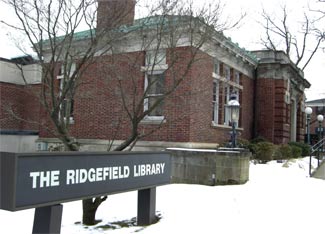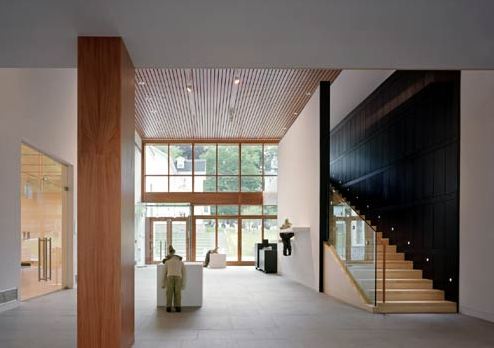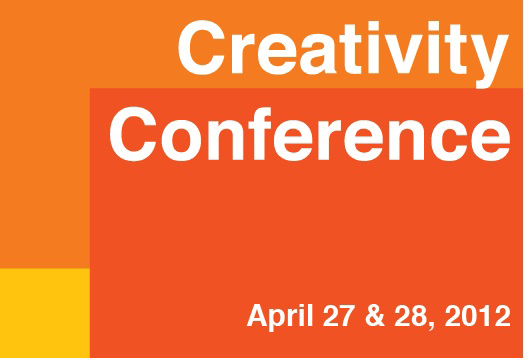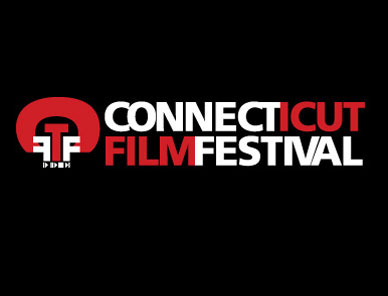|
|
||
|
Pro Tools
FILMFESTIVALS | 24/7 world wide coverageWelcome ! Enjoy the best of both worlds: Film & Festival News, exploring the best of the film festivals community. Launched in 1995, relentlessly connecting films to festivals, documenting and promoting festivals worldwide. Working on an upgrade soon. For collaboration, editorial contributions, or publicity, please send us an email here. User login |
Returning To Romanian RootsTuesday, April 22----In the world of cinema, there is always a “new wave” occurring in a country or region or even genre. No question, in 2007/2008, that new wave is centered in the country of Romania, which has flexed its muscles on the international stage with a series of lauded films. At last year’s Cannes Film Festival, the Romanian abortion drama 4 MONTHS, 3 WEEKS AND 2 DAYS by Cristian Mingui was the surprise winner of the Palme d’Or, the Festival’s highest honor. Another Romanian film 12:08 OF BUCHAREST by Corneliu Porumboiu also won a prize at Cannes and has since become an international arthouse cult favorite. Earlier in the year, the naturalistic THE DEATH OF MR. LAZARESCU by Cristi Puiu showed on many film critics “top ten” lists. For those who think that this Romanian renaissance is some kind of new phenomenon, the Film Society of Lincoln Center in New York (which sponsors both the New York Film Festival in the Fall and the recently concluded New Directors/New Films series) is presenting a survey of Romanian cinema of the 1960s through the 1980s, a dark period before the fall of the Ceausescu dictatorship, when Romania was one of the most closed societies in the world. For “Shining Through A Long, Dark Night: Romanian Cinema, Then And Now”, which runs from April 16 to 27 at the Walter Reade Theater, the series presents 18 films, most of which have never been seen in North America before. Probably the best known film in the series is FOREST OF THE HANGED, directed by Liviu Ciulei, who won the Best Director Prize at Cannes in 1965. Set during World War I, as the Romanian and Austro-Hungarian armies battle for control of Transylvania, the film tells the story of a young Romanian lieutenant who becomes a conscientious objector in the midst of battle. The film mixes epic-scale battle scenes with bold surrealistic touches in a stunningly shot panorama of black and white Cinemascope. Also from 1965, when Eastern European was experiencing cultural thaws in neighboring Czechoslovakia and Hungary as well, is the non-linear narrative SUNDAY AT SIX by debut director Lucian Pintilie. The film, set in the late 1940s, when the Communist Party was consolidating its power, presents an unlikely romance between two Communist revolutionaries who find their mutual affection at odds with their party orthodoxy. This clash between the personal and the institution is one of the themes explored in many of these films, which were financed and controlled by the state film machine. Films from the 1980s, including Iosif Demian’s A GIRL IN TEARS (1980), which uses both professional and non-professional actors to retrace an unsolved murder of a young woman and Dan Pita’s THE CONTEST (1982), which mixes harsh realism with allegory, use cinematic symbols of discontent or unease to offer a “between the lines” criticism of the Communist regime and the passive acceptance of totalitarianism that marked this generation of Romanian citizens. The newest film in the series is THE PAPER WILL BE BLUE (2006) from director Radu Muntean. This is the one major Romanian New Wave film that has yet to land an American distribution deal. The film takes place during the final hours of the Romanian Revolution in 1989, when the dictator Ceausescu and his wife were unceremoniously shot in full public view. An idealistic private in the national militia decides to desert his patrol in order to join the anti-government forces that have taken control of the national television station. A kind of surrealism takes over, where nobody is quite sure who is on what side and whether they are shooting at the right people. This mix of dark humor and bloody chaos has many parallels beyond Romania, and could, with a change of environment and language, be a portrait of Baghdad in our own times. The main protagonists of the so-called Romanian New Wave have made it clear that this designation is simply an invention of the media and a simplistic way for film critics to categorize a new crop of films. But there is no doubt that the Romanians, who have had to suppress their behavior for decades under the Nazis and then under the Communist regime, are letting their freak fly, and taking international cinema into exciting, if uncharted waters. It promises to be an exciting ride. For more information on this and other Film Society of Lincoln Center programs, log on to: www.filmlinc.com
Sandy Mandelberger, Film New York Editor
22.04.2008 | FilmNewYork's blog Cat. : 4 Months, 3 Weeks and 2 Days Baghdad Bucharest Cannes Cannes Cannes Film Festival Ceausescu Cinema of Romania Communist Party Cristi Puiu Cristi Puiu Cristian Mingui Dan Pita Entertainment Entertainment Film New York Film Society of Lincoln Center Films Forest of the Hanged Hungary Iosif Demian Lincoln Liviu Ciulei Liviu Ciulei Lucian Pintilie New Directors/New Films New York Nicolae Ceaușescu North America Politics Politics Puiu Radu Muntean Radu Muntean Religion Religion Romania Romanian New Wave Sandy Mandelberger the Best Director prize The Death of Mr. Lazarescu the Film Society of Lincoln Center the New York Film Festival War War FILM
|
LinksThe Bulletin Board > The Bulletin Board Blog Following News Interview with IFTA Chairman (AFM)
Interview with Cannes Marche du Film Director
Filmfestivals.com dailies live coverage from > Live from India
Useful links for the indies: > Big files transfer
+ SUBSCRIBE to the weekly Newsletter Deals+ Special offers and discounts from filmfestivals.com Selected fun offers
> Bonus Casino
User imagesAbout FilmNewYork Mandelberger Sandy Mandelberger Sandy (International Media Resources) The Ultimate Guide to the New York Film, Video and New Media Scene. View my profile Send me a message The EditorUser contributions |





























